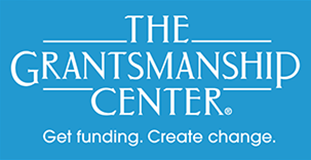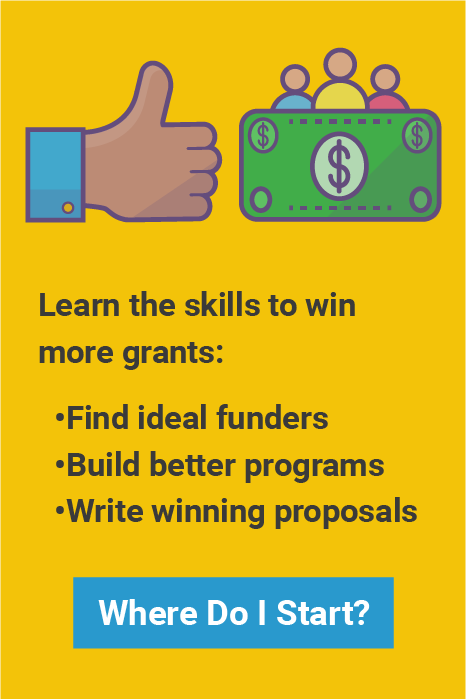
Are there really essential pieces and parts of a persuasive proposal? Things you absolutely need to include: no matter the subject, no matter the funder? Experience suggests that the answer is yes, there are basics that can’t be ignored. The Grantsmanship Center 's Model includes 8 essential parts for a successful proposal. And of those eight, here's the five that too often are neglected:
You’ve got to be a credible applicant. (Introduction to the Applicant Organization) No matter how brilliant your idea, no matter how pressing the need for action, you need to demonstrate to the prospect that your organization is the right one to do the job. You can do this by writing about previous accomplishments; highlighting the credentials and qualifications of project staff; identifying and featuring something that your organization has that others don’t have.
There has to be a need or opportunity. (Problem) Exceptions abound, but the general rule is that unless there is a fire, no one will give you a bucket of water. Your proposal should be specific and accurate and current about the nature of the problem you’re addressing. Be sure that your problem statement is matched to the capacity of your organization and its programs. Don’t talk about the nation’s fentanyl crisis if you’re a small social services agency, instead, talk about the problem in local terms.
Your program or project has to promise results. (Outcomes) Funders want to know that if you spend their money something good will come out of the experience. To abuse the fire metaphor a bit, the funder wants to know that you will snuff out the conflagration. What will come of the effort? “Outcomes” are not just wishes, they are statements of intention and expectation.
You need to be clear about how you’re going to get those results. (Methods) Provide a clear and coherent picture of how you will do your work. If you say that the problem is A and the results are C, what’s B—how will you get from “it’s broken” to “it’s fixed?” Your proposal needs to lay out the work you will do, who will do it, how long it will take and what resources you’ll use to get it done.
Somebody has to recognize the results and confirm that they happened. (Evaluation) Evaluation, at its core, is a way to see results as they take place and document them when the project is done. Best practice is an independent, external evaluation that observes and certifies your results. Most nonprofits say they can’t afford external evaluators. OK, but then you need to demonstrate your internal commitment to recognizing and measuring outcomes. Or consider creating a hybrid where staff does some of the leg-work with guidance from of an evaluation expert.
These five elements have a number of subcategories and can be presented in a variety of formats. They are, however, the consistent and durable framework on which effective proposals are built.
For a leg up on the essential elements, check out the free article, Getting a Grant 101, in The Grantsmanship Center PowerPack.
Thomas Boyd is Chief Editorial Consultant for The Grantsmanship Center
and an independent consultant to nonprofit organizations.



